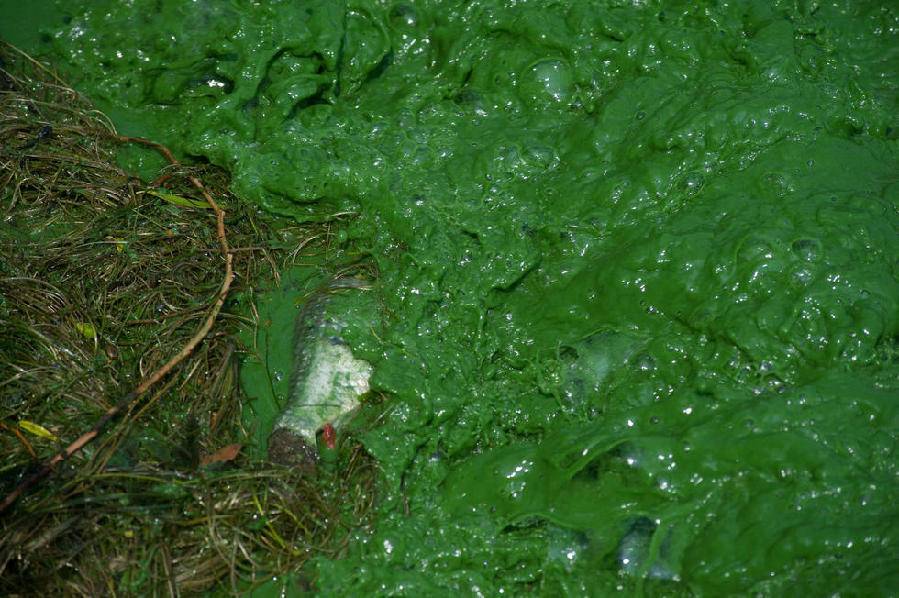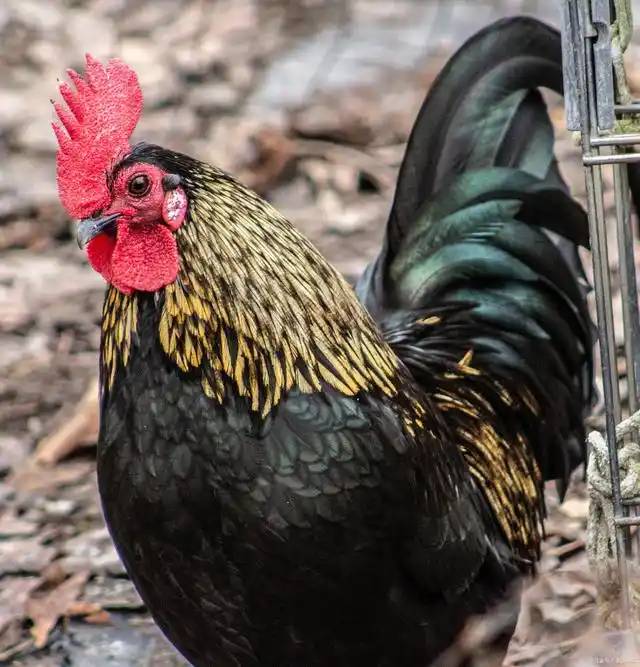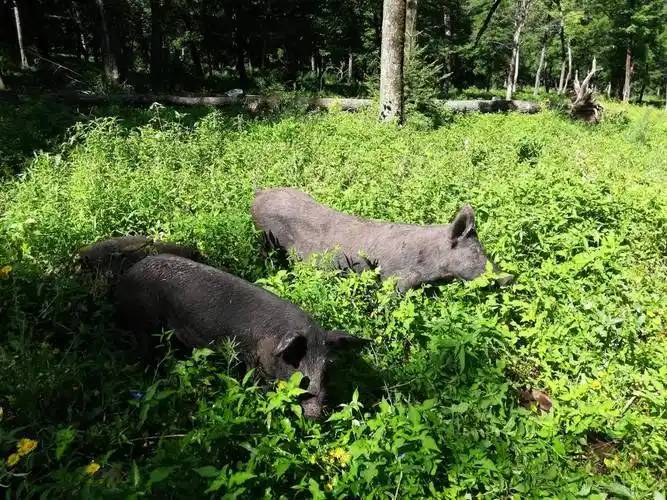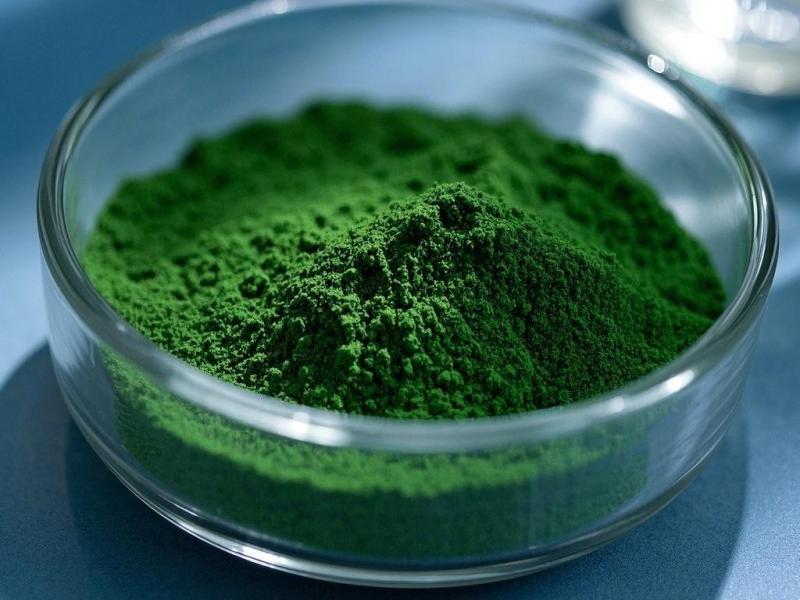Spirulina Extract Ingredient Empowers Innovation in Animal Nutrition Products
Spirulina extract, derived from natural blue-green algae, is a premium raw material with a complete nutritional profile and rich bioactive compounds, hailed as a “super nutritional source.” It boasts a protein content of 60% to 70%, featuring a balanced amino acid composition and excellent digestibility and absorption rates, significantly outperforming many traditional protein sources.
In the field of animal nutrition, this extract demonstrates broad application potential. Its high-protein characteristics effectively enhance feed nutritional value, promoting animal growth and overall health; Natural bioactive components such as phycocyanin, alginates, and gamma-linolenic acid help strengthen animal constitution and improve overall production performance.

Green Spring Technology employs advanced bioextraction techniques to produce spirulina extract products with stable composition, high purity, and consistent batch-to-batch quality. This ingredient is suitable for aquaculture feed, compound feed for livestock and poultry, and feed for specialty economic animals, enabling customers to develop functionally differentiated, high-value-added animal nutrition products.
We are committed to advancing the innovative application of spirulina extracts in the global animal nutrition market, providing clients with reliable, efficient, and sustainable natural ingredient solutions.
1 Application of Spirulina Extracts in Animal Production
1.1 Aquaculture Applications
Rich in protein, amino acids, and multiple trace elements, spirulina extracts have become a highly regarded natural additive in aquatic feed. Research indicates its positive effects in promoting growth in fish and shrimp, enhancing digestive efficiency, and improving body coloration.
In fish farming, adding spirulina extract effectively increases weight gain rates and nutrient digestibility. For instance, adding varying proportions of spirulina extract to koi feed showed that as the addition rate increased, fish weight gain and the digestibility of dry matter, protein, and fat all significantly improved. Further research indicates that appropriate supplementation can further enhance weight gain and feed utilization while contributing to more vibrant fish coloration.
In shrimp farming, spirulina extract also demonstrates strong application potential. Relevant trials show that adding spirulina-plant composite extracts significantly improves shrimp weight gain rates and survival rates, promoting growth performance. Furthermore, spirulina extract helps boost digestive enzyme activity in shrimp, supporting their healthy growth.
Green Spring Technology's spirulina extract features high purity and stable composition, making it suitable for various aquatic feed formulations. It enhances feed nutritional value and utilization efficiency, providing reliable support for healthy, high-efficiency aquaculture.
2 Applications of Spirulina Extract in Livestock Production
2.1 Poultry Farming
As a premium natural feed additive, spirulina extract demonstrates multifaceted value in poultry farming. Research indicates its positive effects on enhancing production performance and improving product quality.
Incorporating spirulina extract into laying hen diets boosts egg production rates and feed conversion efficiency while increasing average egg weight. Furthermore, spirulina extract significantly improves yolk color, imparting a more natural golden hue that enhances visual quality and market appeal.
In broiler chicken production, spirulina extract supplementation promotes growth, increases total weight gain, and improves feed efficiency. Concurrently, chickens exhibit improved feather luster, vibrant comb coloration, and overall robust health.
Green Spring Technology's spirulina extract offers high purity, stable composition, and ease of incorporation into feed formulations. It effectively meets nutritional requirements across poultry growth stages, providing safe and efficient nutritional solutions for farming enterprises to enhance the market competitiveness of livestock products.

2.2 Swine Production
Spirulina extract demonstrates strong application potential as a natural, high-efficiency feed additive in swine production. Research indicates its positive effects in promoting piglet growth, improving feed utilization, and supporting animal health.
Including spirulina extract in weaned piglet diets helps increase daily weight gain and feed intake while reducing the feed-to-weight ratio and improving feed conversion efficiency. Practical experience also shows that spirulina extract supplementation enhances intestinal health in piglets and reduces diarrhea incidence.
During the finishing phase, appropriate spirulina extract supplementation further increases daily weight gain, optimizes body fat distribution, improves carcass quality, and enhances lean meat yield. Additionally, spirulina extract demonstrates positive effects on boosting reproductive performance in breeding pigs.

2.3 Ruminant Farming
Spirulina extract exhibits unique application value in ruminant farming. Research indicates its positive role in optimizing rumen fermentation conditions and improving the utilization efficiency of fibrous nutrients.
Adding appropriate amounts of spirulina extract to the diets of dairy and beef cattle helps increase the rumen degradability of neutral detergent fiber (NDF) and acid detergent fiber (ADF), promoting the digestion and utilization of structural carbohydrates in feed. Simultaneously, spirulina extract supports the maintenance of a stable rumen environment.

3 Application Prospects
China's abundant water resources provide exceptional conditions for large-scale spirulina cultivation. As a premium natural protein source, spirulina extract demonstrates broad application prospects in the global health and animal nutrition sectors.
Green Spring Technology employs internationally advanced cultivation and extraction processes to ensure high purity, stable composition, and consistent batches of spirulina extract, providing customers with safe and reliable raw material supply. Our products can be widely applied in food, health supplements, feed, and other sectors, delivering the following value to customers:
· Enhance product nutritional value by providing a premium plant-based protein source, suitable for vegetarian and clean label product requirements;
· Improve animal growth performance and feed utilization, boosting farming efficiency;
· Meet the growing global demand for natural, sustainable ingredients, enhancing end-product competitiveness.
Green Spring Technology remains committed to the R&D and innovation of spirulina extracts. By optimizing production processes to reduce costs, we deliver cost-effective raw material solutions. We look forward to collaborating with domestic and international partners to advance the broader application of spirulina extracts in human health and animal nutrition.
Contact us at helen@greenspringbio.com or WhatsApp: +86 13649243917 for samples and quotes!
References
[1] Bai Yuansheng. Feed raw materials [M]. Beijing: China Agricultural Press, 1999.
[2] Cao Haikang, Liang Liya, Guo Yingfen. Observation of the effect of adding spirulina to the diet of Hy-Line brown egg chickens [J]. Veterinary Drugs and Feed Additives, 2002, 7(5): 5-6.
[3] Chen J. Development and application of spirulina [J]. Food Research and Development, 2007, 28(9): 155-157.
[4] Gao L. Anti-aging effect of high-dose compound spirulina polysaccharide [J]. Anhui Agricultural Science, 2011, 39(14): 8324-8325.
[5] Gao Ling. Study on the combined anti-aging effect of medium-dose spirulina polysaccharide and ginkgo biloba extract [J]. Anhui Agricultural Science, 2011, 39 (14): 8348-8349.
[6] Guan Rongfa, Xu Zirong. New green feed additive—spirulina [J]. Shanghai Animal Husbandry and Veterinary Medicine Newsletter, 2002, 4: 41-43.
[7] Guo Chunsheng, Sun Xiaohong, Ge Wei, et al. Study on the radiation protection effect of high-dose compound spirulina polysaccharide [J]. Shizhen Traditional Chinese Medicine, 2008, 19(8): 1913-1914.
[8] Guo Jinming, Hu Yawei, Xu Ying, et al. A study on the effects of spirulina oral tablets on cellular immunity and humoral immunity in mice [J]. Medical Research and Education, 2009, 26(4): 1-3.
[9] He Peimin. Effects of spirulina on the growth and body color of koi [J]. Journal of Fisheries of China, 1999, 23(2): 162-168.
[10] He Yingjun, Wang Zhiping, Yan Hanguang. Effect of compound spirulina extract on the production performance and carcass quality of Jinhua pigs [J]. China Animal Husbandry Journal, 2006, 42(7): 36-38.
[11] Hou Hongbao, Gao Shiyong, Ji Yubin. Effect of spirulina polysaccharide on tumor growth and red blood cell immune function in S180 tumor-bearing mice [J]. Chinese Herbal Medicine, 2009, 40 (supplement): 200-202.
[12] Hu Xianqiong, Ye Yuantu, Luo Lin, et al. Effects of color-enhancing substances on the growth performance and physiological functions of koi[J]. Feed Research, 2011, 12: 65-68.
-
Prev
Spirulina Extract: Unlocking the Potential of Natural Ingredients to Drive Product Upgrades
-
Next
Sustainable Spirulina Extract Pioneers a New Era of Nutrition


 English
English French
French Spanish
Spanish Russian
Russian Korean
Korean Japanese
Japanese




